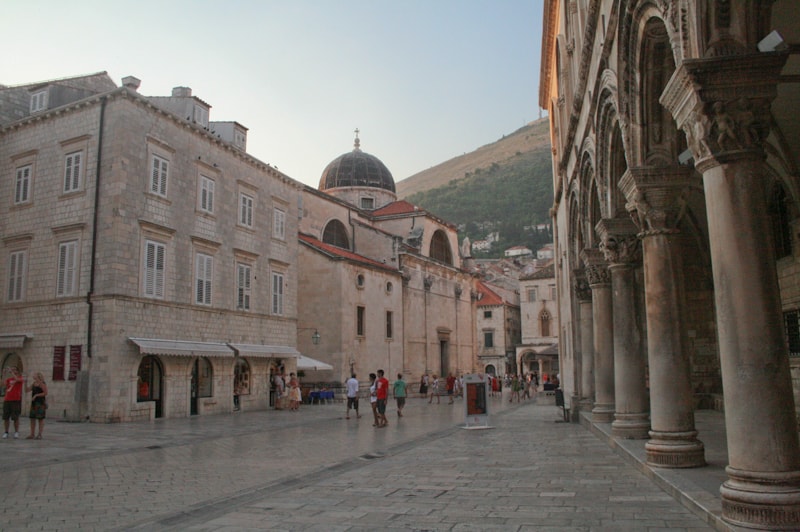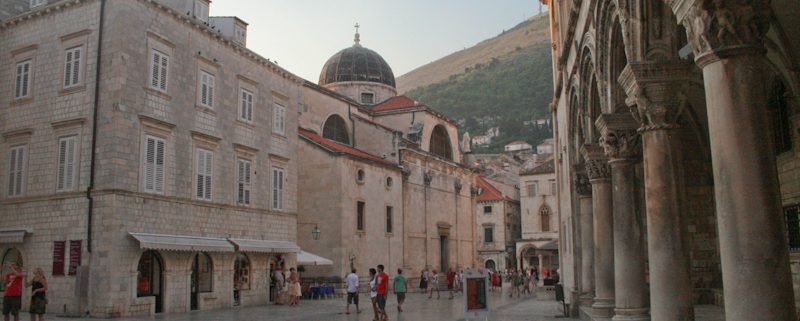Croatia Travelogue 2009
After their shenanigans at the 2009 Exit Festival in Novi Sad, Serbia, Visit Croatia and three friends decided to take a short holiday in Croatia. Here’s the Croatia travelogue from that trip!
Due to the constraints of work and other usual commitments, we could only spend six days for our trip to Croatia. I know from my experiences of fielding numerous email questions along the lines of “We only have a week in Croatia; what should we see/where should we go/how many places should we visit?” that I always advise, “Try not to do/see to much – you’ll enjoy yourself more!”

The Rector’s Palace (on the right), with the Church of St Blaise seen in the distance
Looks like I didn’t really take my own advice! Part of the reason for this was that my three travel companions had never been Croatia before (in fact, most had never been to anywhere in Eastern Europe before this trip), so we were eager to see as much as we could manage. And we’re not really the kind of people who want to laze on a beach for seven days straight. AND on top of that…who can resist the charms of Dubrovnik…right?
So our chosen route was Zagreb to Trogir to Dubrovnik. Here are our experiences in those three places!
- Zagreb
Two nights in the capital of Croatia sees us enjoying this bustling city with a walk around the main sights in the Lower and Upper Towns, and frequent stops at the many cafes!
- Trogir
Finally on the Croatian coast, we enjoy the beautiful city of Trogir (a UNESCO World Heritage site) and sample the local seafood.
- Dubrovnik
We enjoy this truly stunning city and the sights of the Old Town. Just a shame we’re only here for two nights!
If you’d like to see some photos taken during our trip, please see:

